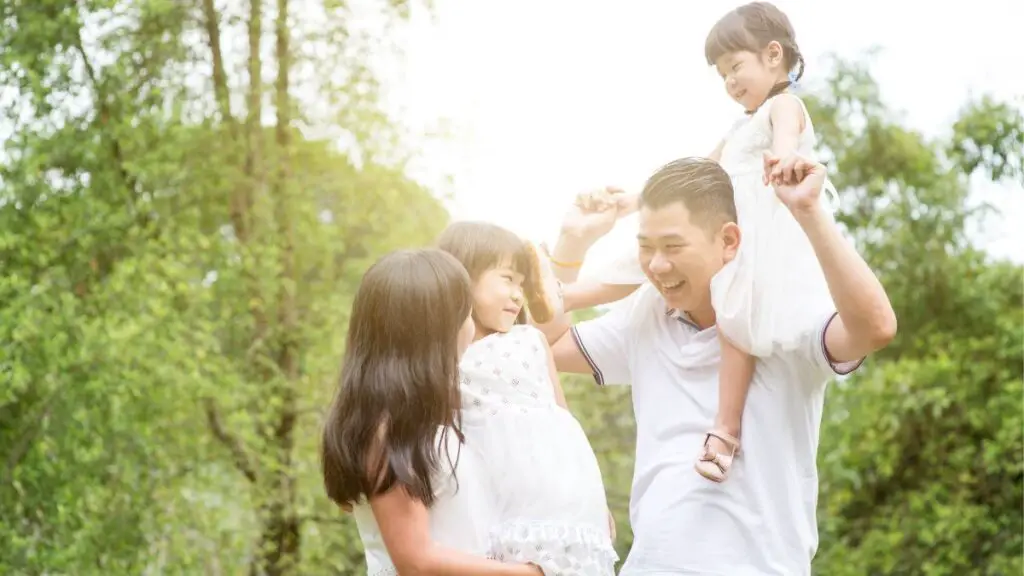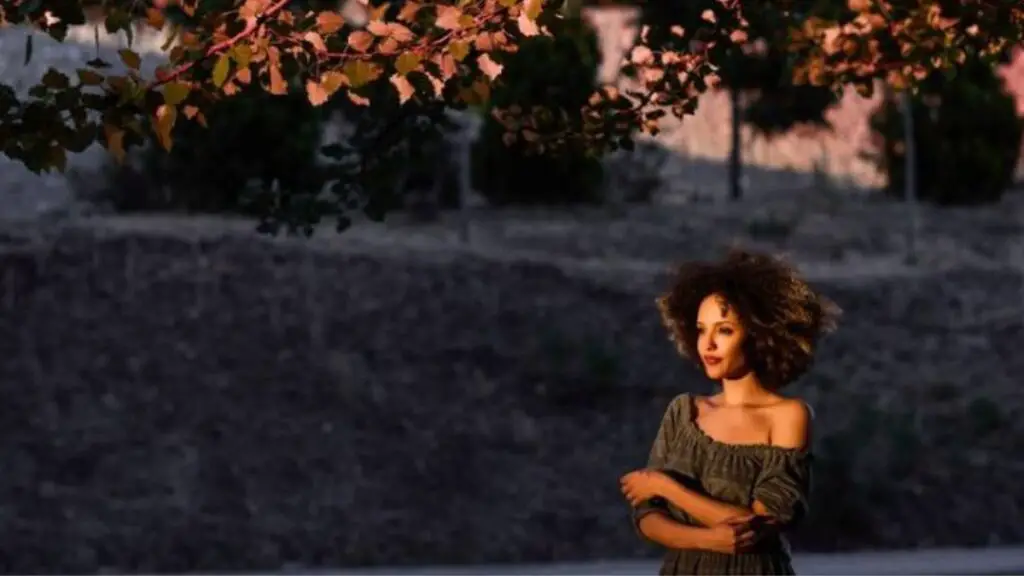If you love natural light outdoor portrait photography, I have gained creative information and been amazed by natural light’s beauty and historical scenes. There is an approximate backdrop about how it shows a subject, bringing out its inner beauty and creating a logic of deepness and length.
Understanding the importance of natural light in photography
Natural light is the first important factor in photography. It creates a critical factor that can make or show a photograph. Consider the basics of how natural light works, and the knowledge to work with it will increase your ability to create historical outdoor portraits. The quality of natural light may depend on the day, and knowing how to work with its different features is essential.
During working hours, the first hour after sun-up and the last hour before sundown, the light is soft, warm, and more transparent. This creates a fantastic view and dreamy effect on the subject. On the other hand, evening light also creates more views than thinking. By these scenes, you can select the right time to shoot and reach the desired natural scenes and effects.
Tips for finding the best natural light for outdoor portraits
Searching for the best natural light for outdoor portraits and landscapes requires a little searching and knowledge of how light affects other objects and environments. One of the easiest ways to find great light is open-door shade.
This can be created under a tree, a covered entry, or any other area where the subject is covered by direct sunlight. The soft and even light in these areas will create a beautiful and fantastic light on the subject’s face.
Another way is back-lighting. This can help to position the subject in front of the light, such as sitting in front of the sun or a window, and allow the light to cover all around the subjects.
This creates a natural, unseen effect and adds considerable beauty to the photo. Test with different positions and viewpoints to find the best balance between light and shadow lights.
Choosing the right location for outdoor portrait photography
The location you select for your outdoor portrait photography also plays a role in the overall look and beauty of the images. Consider the background and the elements that will be appropriate to your subject. Look for exciting textures, colors, and architecture that can attract more absolute attention to the photograph.
When shooting in natural light, surroundings, such as parks or beaches, benefit from the natural elements around you. Combine trees, rocks, or bodies of water to create a historical scene of place by these combinations. By carefully choosing the location, you can increase the attraction and deliver a story in your portraits.

Mastering exposure and white balance in natural light photography
Good exposure and white balance are essential in natural light photography. Overacting or adding more effects to your images can vanish the details or create an unbalanced look. To achieve perfect exposure, use the camera’s histogram as a guide. The histogram displays a graphical line of the light and dark tones distribution in your image.
White balance is made more decorating and vital as it determines the overall color temperature of your photograph. An incorrect white balance can result in unrealistic colors or a cold or warm cast. Use the camera’s white balance to set it or manually adjust it according to the lighting conditions. Shooting in RAW format allows you to add more flexibility in post-processing and correcting any exposure or white balance mistakes.
Composition techniques for capturing stunning outdoor portraits
Composition is the art of positioning the elements within the frame to create a visually attractive and impactful photograph. When capturing outdoor portraits, try the rule of thirds. Imagine a grid separating the frame into thirds, both horizontally and vertically. Place your subject along the grid lines or at the connections to create a more stable and visually exciting composition.
Leading lines are another powerful arrangement technique. Look for natural lines in the environment, such as paths, boundaries, or rivers, that can lead the viewer’s eye toward the subject. These lines create a sense of depth and guide the viewer’s stare through the photograph.
Posing and directing subjects in natural light outdoor photography
Posing and directing your subjects is essential for creating convincing outdoor portraits. A good pose can increase the subject’s features and send a specific mood or emotion. Inspire your subjects to relax and feel comfortable in front of the camera. Provide calm guidance and suggestions to help them find a natural and satisfying pose.
Pay attention to the adjustment of hands and body positioning. Avoid rigid or unnatural poses by encouraging movement and interaction. Capture open moments and unaffected expressions by engaging your subjects in conversation or asking them to perform simple actions. This will result in better and more expressive portraits.
Editing and post-processing tips for enhancing natural light portraits
Editing and finalizing are the final steps in creating stunning natural light portraits. Use editing software, such as Adobe Lightroom or Photoshop, to increase your images’ colors, contrast, and overall look. Start by adjusting the exposure and white balance to increase the beauty of the image.
Experiment with different tools and filters to create a unique style according to your vision. Be careful not to add over-filtering and colors in the editing, as it can lead to an unnatural and artificial look. Struggle for a balance between attracting the natural beauty of the image and keeping its truth.
Showcasing examples of stunning natural light outdoor portraits
Let me start by showing some examples of stunning natural light outdoor portraits to inspire and give you a visual orientation. These images reveal the effective use of natural light, structure methods, and posing to create charming and vibrant photographs. Take note of each image’s lighting conditions, background, and overall mood.

Conclusion
Learning the art of taking stunning natural light outdoor portraits, technical knowledge, artistic vision, and a deep understanding of how light interacts with the environment. By understanding the importance of natural light, finding the best light for outdoor representations, choosing the right location, exposure, and white balance, using techniques, and directing your subjects, you can raise your outdoor portrait photography to new effects.
Remember to do some experiments, practice, and develop your unique style. Each photographer has their creative voice; through continuous learning and search, you will truly master the art of capturing stunning natural light outdoor portraits. So get your camera, dive into the great outdoors, and let the beauty of natural light guide you in creating breathtaking portraits.

